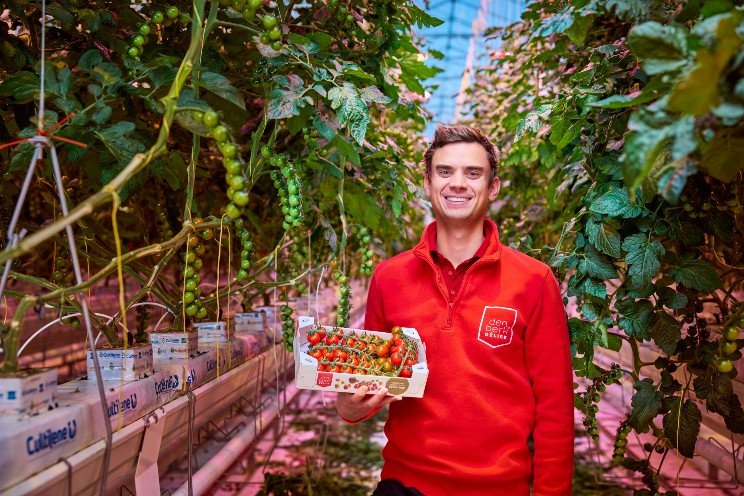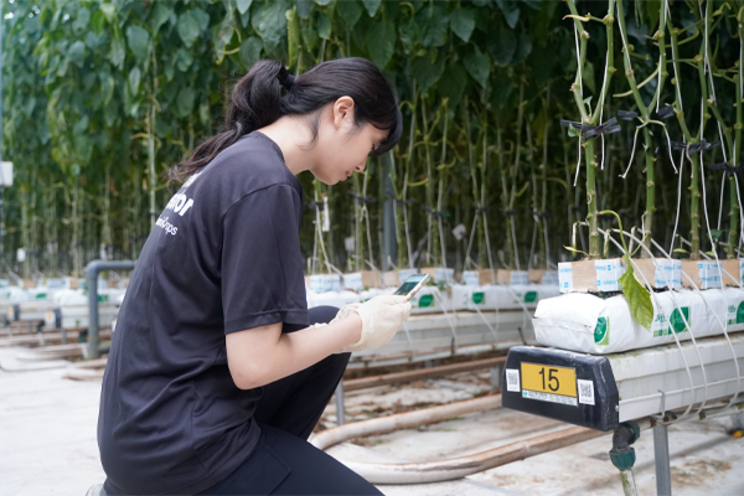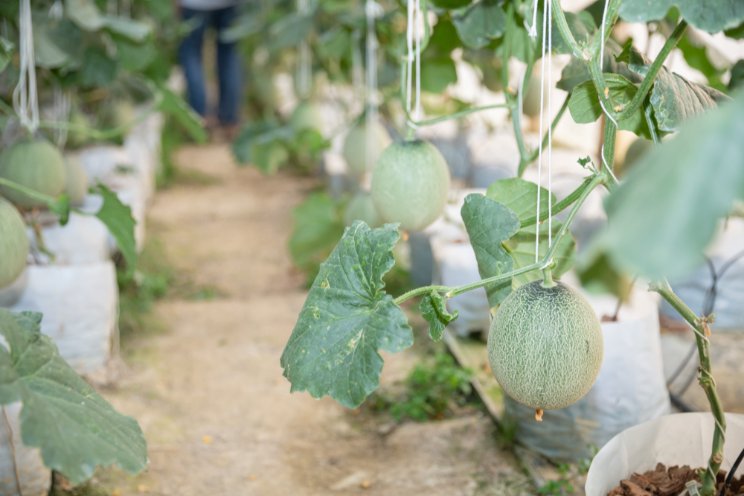Greenhouses aim to bring fresh produce to North
Added on 21 August 2023

Sunlight streams through the panes of the curved ceiling above as children sprinkle their crop with green plastic watering cans.
The commercial greenhouse in the western Arctic community in the Northwest Territories is in a former hockey arena. There, community members can rent plots to grow vegetables and other plants, and learn about gardening.
“Every time I come in here, I only ever see people smiling,” said Adi Scott, who co-ordinates the greenhouse.
Remote and Indigenous communities, particularly in the North, are increasingly using greenhouses to grow their own produce, promote self-sufficiency and in some cases create economic opportunity, said Andrew Spring, an assistant professor at Wilfrid Laurier University and a Canada Research Chair in northern sustainable food systems.
“Food security has been an issue across the North because of the high cost of groceries ... (and) the long-term impacts of colonization on northern Indigenous communities,” Spring said.
Data from Statistics Canada indicates that 46.1 per cent of people in Nunavut, 23.1 per cent in the Northwest Territories and 15.3 per cent in the Yukon lived in food-insecure households in 2019 compared with a national average of 10.6 per cent.
Much of the food flown North is processed, not to mention expensive, and access to fresh fruits or vegetables is limited, said Spring. Meanwhile, participation in traditional activities like gathering or hunting have been declining for decades in many communities, meaning they rely more on food from stores, he said.
Image by Freepik
More news









